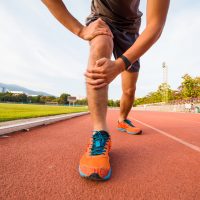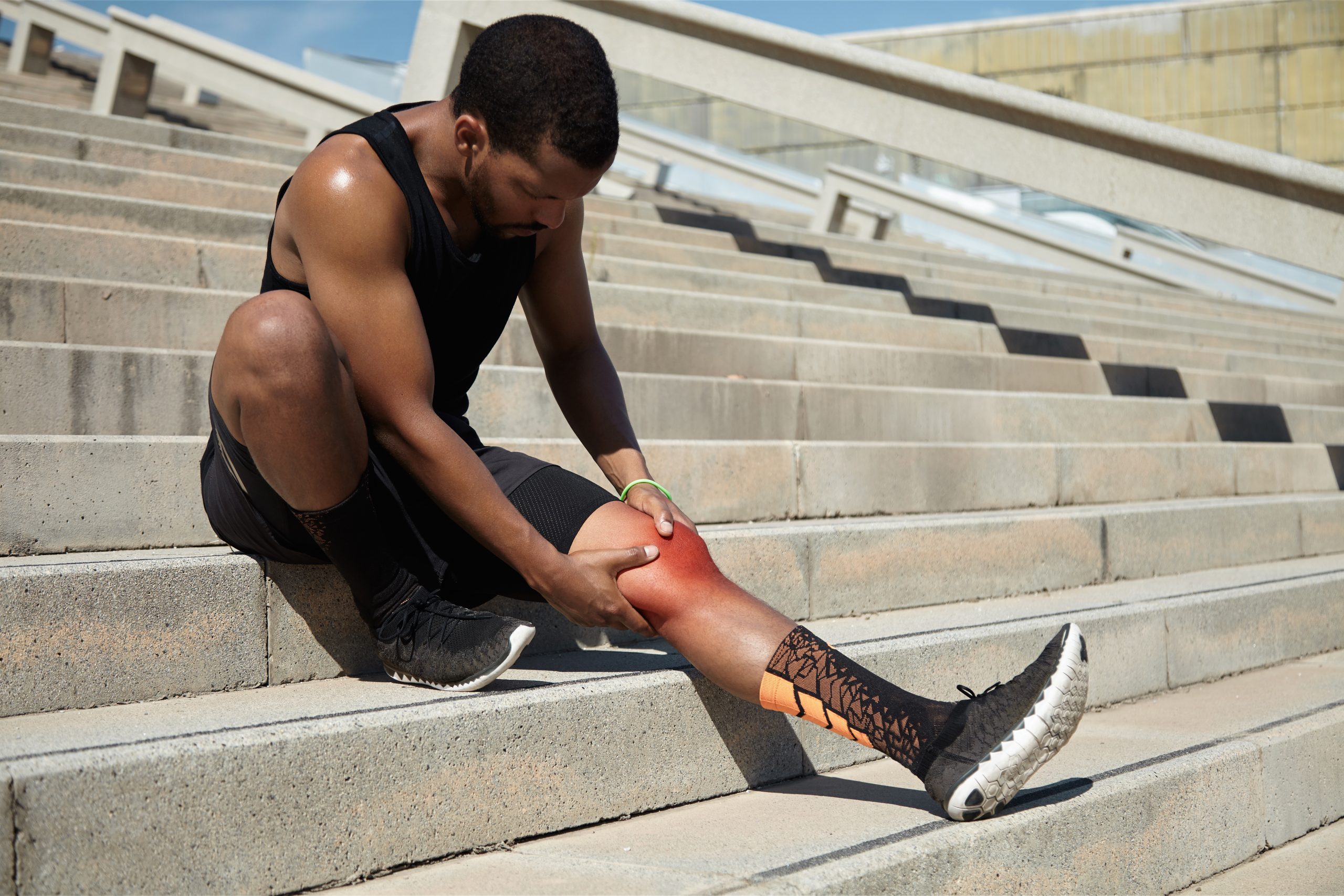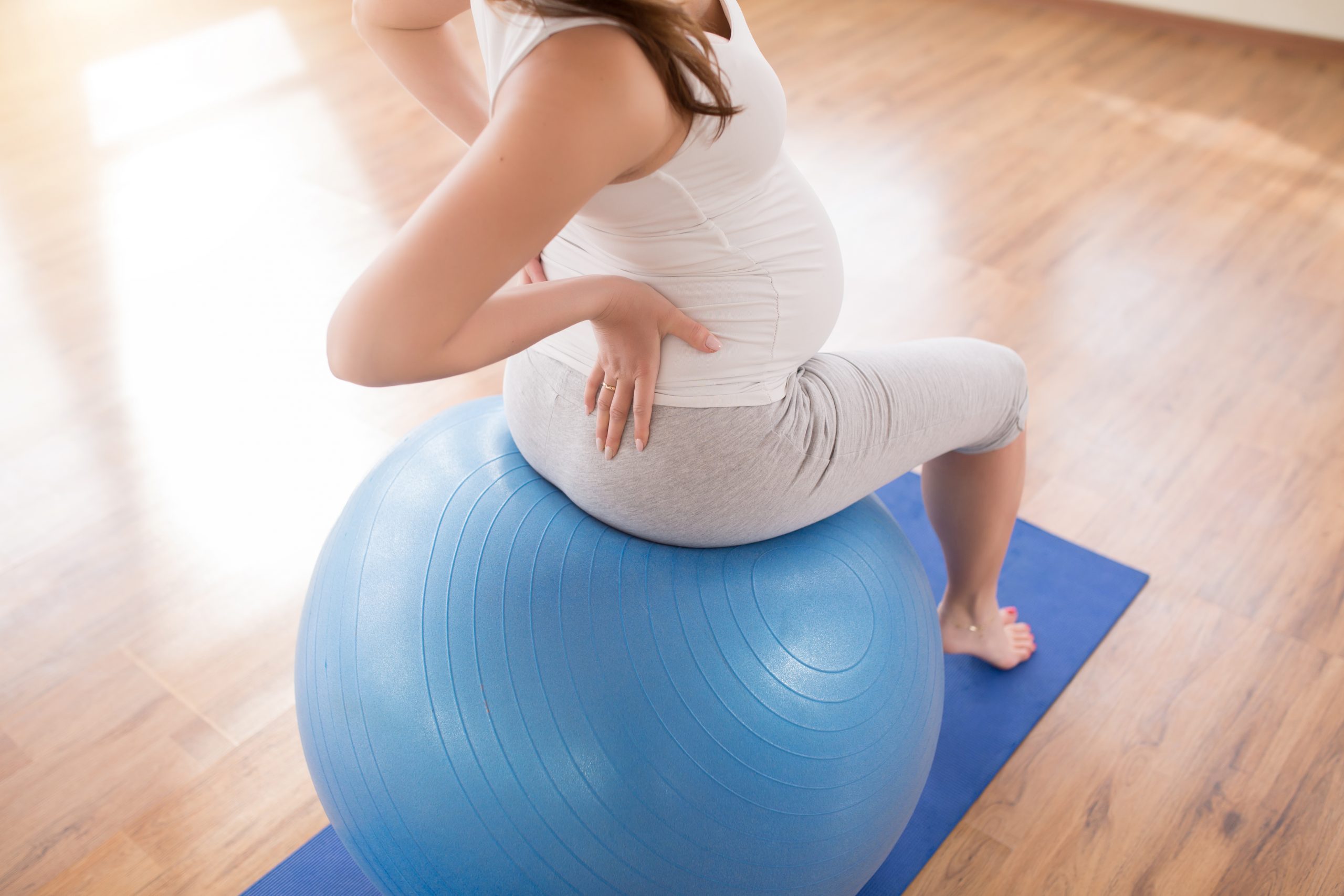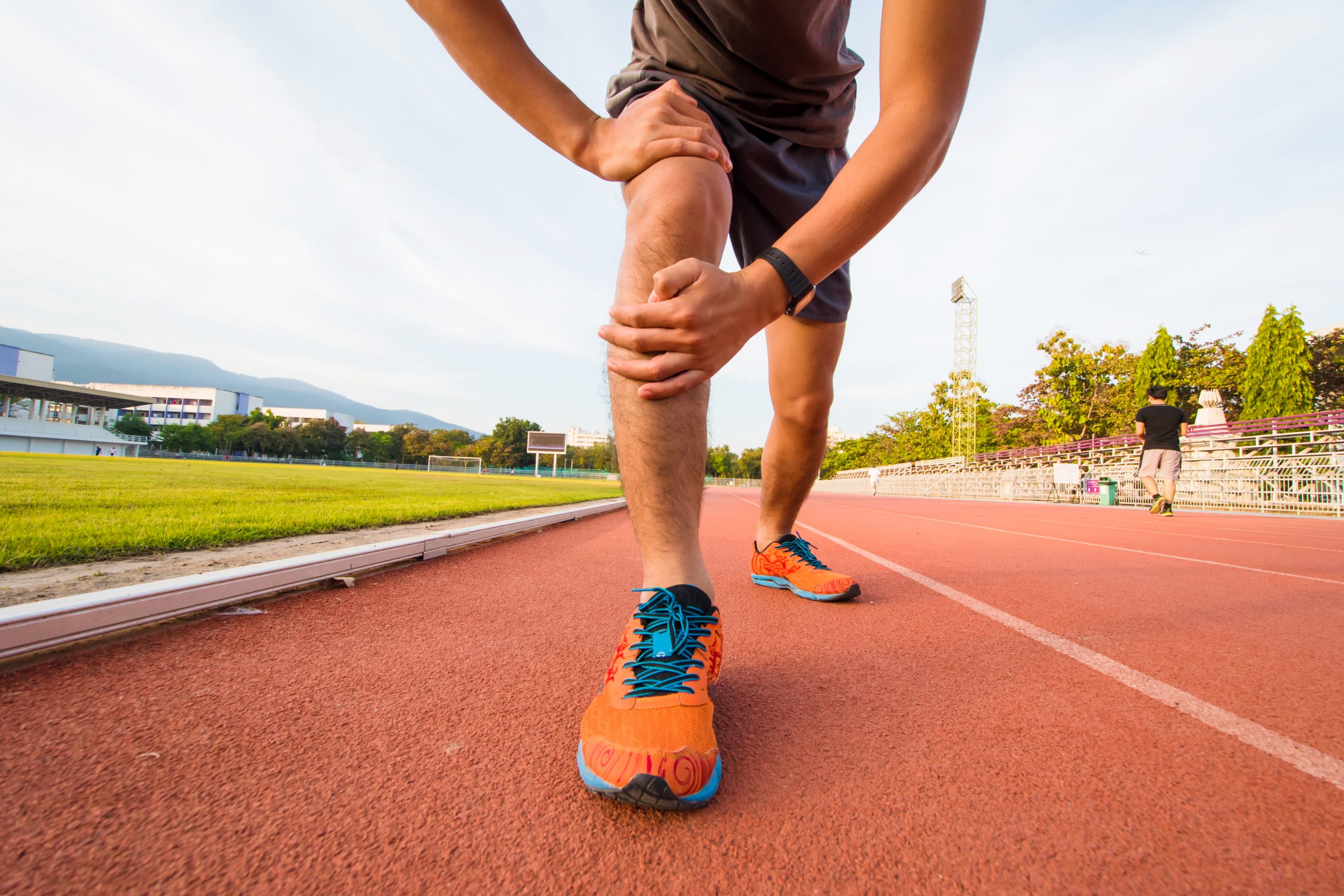Regular exercise is essential for overall health and well-being, but for individuals with joint pain, it can be challenging to find the right balance. Joint pain can limit mobility and make certain exercises uncomfortable. However, with the right strategies and modifications, it is possible to manage joint pain during exercise and continue enjoying the benefits of physical activity. In this article, we will explore some useful tips for managing joint pain during exercise.
- Warm-up and Cool Down: Before starting any exercise routine, it’s crucial to warm up your muscles and joints. A proper warm-up increases blood flow to the muscles and helps to loosen up the joints, reducing the risk of injury and minimizing joint pain. Similarly, cooling down after exercise allows your body to gradually return to its resting state and helps prevent stiffness and soreness.
- Choose Low-Impact Activities: Opt for low-impact exercises that are easier on the joints. Activities like swimming, cycling, and using an elliptical machine are excellent choices as they provide a cardiovascular workout without putting excessive stress on the joints. These exercises help improve cardiovascular fitness and strengthen muscles without placing undue pressure on the joints.
- Strength Training: Incorporate strength training exercises into your routine to support and protect your joints. Building muscle strength around the affected joints can help stabilize them and reduce joint pain. Focus on exercises that target the muscles surrounding the joints, such as leg presses, wall sits, and resistance band exercises. Start with lighter weights and gradually increase the resistance as your strength improves.
- Listen to Your Body: Pay attention to your body’s signals and respect your limits. If you experience increased pain or discomfort during exercise, modify the activity or take a break. Pushing through severe pain can worsen joint damage and lead to further complications. Be mindful of your pain levels and adjust your exercise intensity or duration accordingly.
- Modify Exercises: If certain exercises aggravate your joint pain, modify them to make them more joint-friendly. For example, if running causes knee pain, consider switching to brisk walking or using an elliptical machine. If you have wrist pain, try using wrist braces or modifying exercises to avoid excessive stress on the wrists. Work with a fitness professional or physical therapist to find suitable modifications for your specific needs.
- Use Proper Form and Technique: Correct form and technique are essential for protecting your joints during exercise. Improper alignment or technique can increase stress on the joints and lead to pain and injury. Take the time to learn and practice proper form for each exercise. If needed, work with a qualified trainer or physical therapist who can guide you in maintaining correct alignment and technique.
- Incorporate Range-of-Motion Exercises: Include range-of-motion exercises in your routine to improve joint flexibility and reduce stiffness. These exercises involve moving a joint through its full range of motion without adding resistance. Examples include shoulder circles, wrist rotations, and ankle alphabet exercises. Range-of-motion exercises can help maintain joint mobility and reduce joint pain during exercise.
- Take Rest and Recovery Days: Rest and recovery are just as important as exercise itself. Allow your body time to recover between workouts to prevent overuse injuries and reduce joint pain. Alternate between days of low-impact activities and days of rest to give your joints adequate time to heal and rebuild. Consider incorporating activities like yoga or gentle stretching on rest days to promote flexibility and relaxation.
- Use Supportive Gear: Invest in appropriate supportive gear to reduce joint stress during exercise. This may include wearing supportive shoes with cushioning and proper arch support, using knee or wrist braces, or using padding or cushions for comfort during floor exercises. The right gear can provide additional support and reduce joint impact during exercise.
- Stay Hydrated: Hydration is crucial












